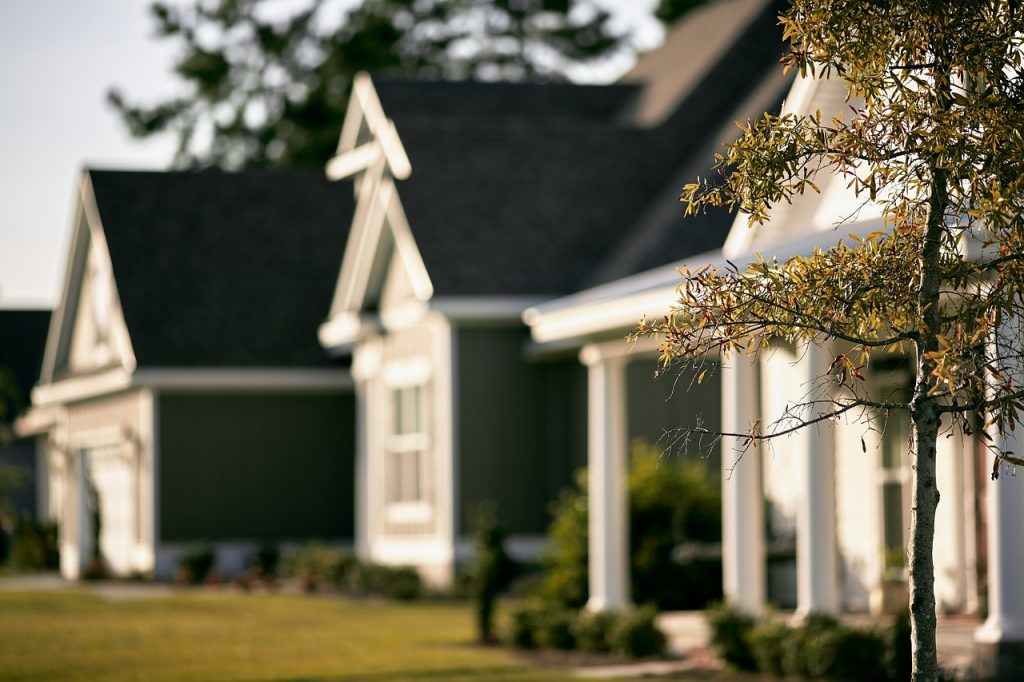Allowing for even modest amounts of new density in the nation's overwhelmingly single-family neighborhoods could lead to millions of new homes nationwide, according to a new Zillow analysis, helping alleviate a housing affordability crisis that has been decades in the making.

If the Los Angeles area, for example, continues to add housing largely as it has over the past two decades it could grow its housing stock by an estimated 14.5% over the next two decades. But if 1 in 10 single-family lots were redeveloped or otherwise allowed to accommodate a second home, the area's housing stock could grow by 21% over the same period – or nearly 387,000 additional homes.
Building at the status quo over the next two decades is expected to produce about 10 million new homes across the 17 large metros analyzed nationwide, a more than 20% boost over the almost 50 million homes these markets currently have. Allowing for two units on just 10% of single-family lots would add an additional 3.3 million homes on top of that 10 million, a boost of almost 27% over current levels.
Single-family neighborhoods account for the lion's share of land in metropolitan America, and over the years have generally become insulated from denser redevelopment by a thickening tangle of regulations, reflecting entrenched local interests that benefit from keeping a neighborhood as it is. In America's expensive coastal cities especially, natural barriers and environmental concerns have exacerbated that trend, limiting most new housing to islands of density – often near transit or in formerly non-residential areas – in an otherwise stagnant sea of no-growth.
That shortage of new housing development coupled with sustained demand for it, especially in those pricey, coastal cities, has contributed mightily to an affordability squeeze. Over the past 20 years, the median home value in the Los Angeles metro area has more than doubled, in the San Francisco Bay Area it has nearly doubled, and in Seattle it has grown by almost two-thirds. In contrast, metros in the South where it has historically been much easier to build new homes, especially on the periphery, have seen home prices grow a little more than 10% in that time.
Looking inward at already-developed single-family tracts and allowing for two, three or even four homes where just one stands today could reignite housing development without contributing to sprawl, the analysis shows. Indeed, Minneapolis and Oregon already have allowed for significantly more density in historically single-family neighborhoods, and other places like Los Angeles and Seattle have taken more modest steps to allow additional accessory dwelling units. This strategy also likely would expand the range of home types available, whereas the status quo produces mostly single-family homes and units in very large apartment buildings.
There are fears that intense densification may risk diminishing the character of neighborhoods – more concrete where there had been greenery, competition for street parking, etc. But in practice, allowing just 1 in 10 single-family homes in a given neighborhood to host a livable in-law suite above the garage, a bachelor apartment in the basement or a cottage in the back yard isn't likely to drastically alter an existing streetscape. Redeveloping more single-family lots and/or allowing them to host a triplex/quadplex or a row of four townhomes may result in more noticeable change, but also more significantly tackle the housing shortage and affordability crisis.
In the Los Angeles area, allowing four homes on 20% of single-family lots could yield a housing stock increase of more than 2.3 million homes, or a 53.4% boost over the current stock when combined with homes already expected to be built. This more extreme measure would add more than 1.5 million more homes than allowing only one additional home on the same lots.
"The challenge of solving big metros' housing affordability crisis is the scale of what's needed. If it was just a few more affordable apartment buildings it wouldn't be a problem, but we need a lot of additional supply to put the pace of long term price and rent growth in line with income and wage growth," said Skylar Olsen, Zillow's director of economic research. "Asking a few neighborhoods to absorb that change on their own is asking for a community to accept a totally different neighborhood in the future – a neighborhood different from the one they bought into and grew to love. So the questions become, if we could share the influx of new housing across the full metro, could we add enough and would anyone really notice?"